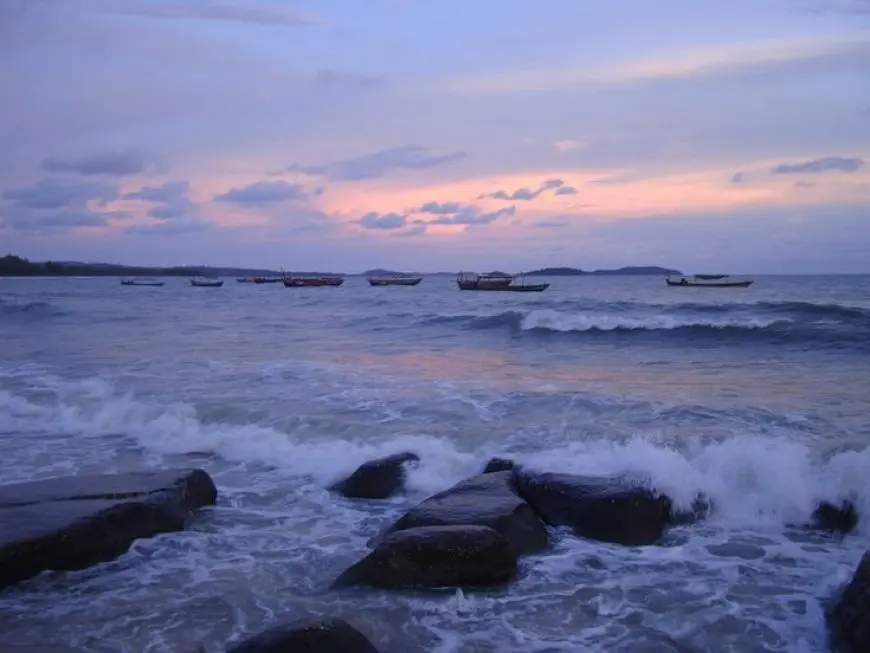Exploring the Role of the Moon in Earth’s Tides
Exploring the Role of the Moon in Earth’s Tides

The Moon exerts a profound influence on Earth, with its gravitational pull creating the rhythmic rise and fall of ocean tides. These tidal movements are not only a natural wonder but also play a critical role in coastal ecosystems, marine life, and even human activities. Understanding how the Moon governs the tides reveals the interconnectedness of celestial and earthly forces.
The Science Behind Tides
Tides are caused primarily by the gravitational interaction between the Earth and the Moon. The Moon’s gravity pulls on Earth’s oceans, causing water to bulge outward on the side facing the Moon. At the same time, centrifugal force resulting from Earth’s rotation causes a similar bulge on the opposite side. These dual bulges create high tides in the affected areas, while regions between the bulges experience low tides.
The Sun also influences tides, but its gravitational pull is weaker due to its greater distance from Earth. However, when the Sun, Moon, and Earth align during full or new moons, their combined gravitational forces produce exceptionally high and low tides, known as spring tides. Conversely, when the Sun and Moon are at right angles, their forces partially cancel out, leading to milder neap tides.
The Moon’s Orbital Influence
The Moon’s elliptical orbit around Earth causes variations in its gravitational pull. When the Moon is closer to Earth, a condition called perigee, its gravitational influence is stronger, resulting in higher tides. Conversely, when the Moon is at its farthest point, known as apogee, the tides are less pronounced. These variations add complexity to the tidal patterns observed along coastlines.
The Importance of Tides for Ecosystems
Tides play a vital role in coastal and marine ecosystems. They influence the distribution of nutrients and oxygen in shallow waters, creating ideal conditions for diverse marine life. Intertidal zones, the areas exposed during low tide and submerged during high tide, are home to unique species adapted to these fluctuating environments.
Tides also aid in the migration of certain marine animals, such as fish and crustaceans, which use tidal currents to conserve energy while traveling. Mangroves, salt marshes, and other coastal habitats depend on tidal patterns to maintain their delicate ecological balance.
Human Uses of Tides
Humans have long harnessed the power of tides for navigation, fishing, and energy generation. Coastal communities rely on tidal cycles to plan activities such as harvesting shellfish and managing ports. In recent years, tidal energy has emerged as a renewable resource, with turbines capturing the kinetic energy of moving water to generate electricity.
Cultural and Historical Significance
Throughout history, the Moon and its influence on tides have inspired myths, folklore, and scientific exploration. Ancient mariners studied tidal patterns to navigate seas, while early astronomers observed the Moon’s phases to understand its connection to Earth. Today, the relationship between the Moon and tides continues to be a source of fascination and discovery.
The Moon’s role in Earth’s tides exemplifies the intricate relationship between celestial bodies and our planet. From shaping ecosystems to influencing human activities, tides remind us of the Moon’s enduring presence and power. By deepening our understanding of this connection, we can better appreciate the natural rhythms that sustain life on Earth.







